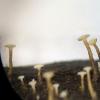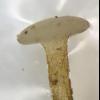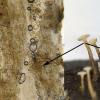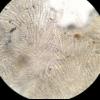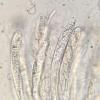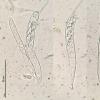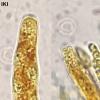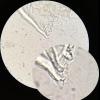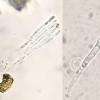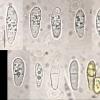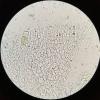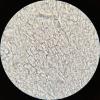
19-08-2025 20:58
Ethan CrensonHi all, Here is what I believe to be a Hymenoscyp

12-08-2025 19:44
Could someone send me a pdf copy of this article?S

18-08-2025 15:17
 Lothar Krieglsteiner
Lothar Krieglsteiner
... on 6.7.25 in a subarctic mire near a small lak

18-08-2025 15:07
 Lothar Krieglsteiner
Lothar Krieglsteiner
.. 20.7.25, in subarctic habital. The liverwort i

19-08-2025 16:27
Paul CannonHello all I have spent some time trying to work o

18-08-2025 22:59
Yanick BOULANGERBonsoirVoici un asco récolté le 08/08/2025Comme

18-08-2025 16:01
 Lothar Krieglsteiner
Lothar Krieglsteiner
.. on water-soaked Betula wood lying in a small st

18-08-2025 15:35
 Lothar Krieglsteiner
Lothar Krieglsteiner
.. in subarctic forest at side of small stream, ac

31-12-2021 12:12
Georges GreiffHappy New Year to All! I was hoping somebody coul
Here is what I believe to be a Hymenoscyphus growing on very wet wood which was lying in mud and water in a New York park. They have a long stipe and convex hymenium. Trees nearby included Fagus, Quercus, Tsuga. My hunch is that the wood is hardwood.
Asci are IKI+ with croziers, 101-108 x 11.4-12.7µm.
Spores are fusiform, rounded at the ends with multiple guttules, occasionally 1-septate, 14.1-21.6 x 4.1-6.3µm.
Paraphyses branch, with oil content (I think).
The stipe excipulum is textura prismatica, and there is brown pigment among the cells. The medulliary excipulum is textura angularis verging on textura globulosa.
Long ago on this forum I posted something similar (but with a shorter stipe) which Zotto suggested might be Hymenoscyphus varicosporoides. Could this be that as well?
Thanks in advance,
Ethan



